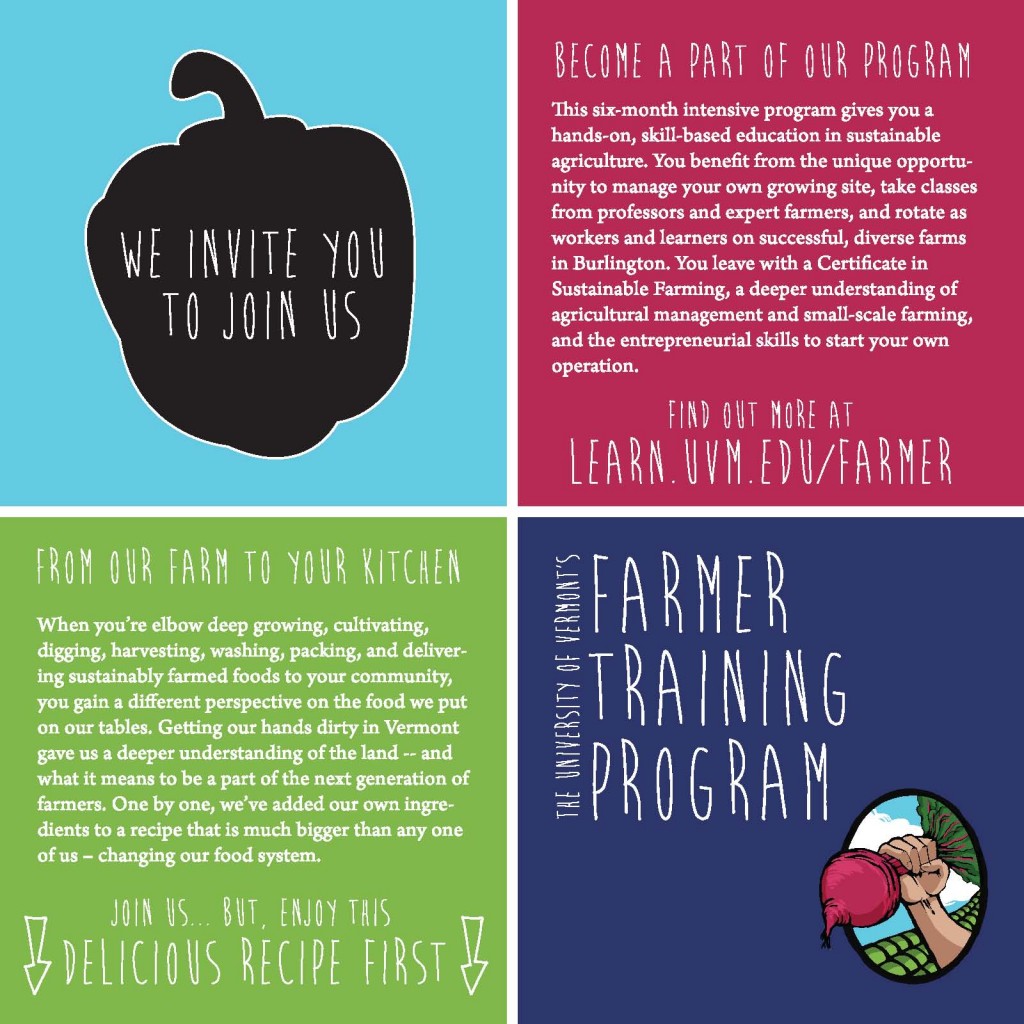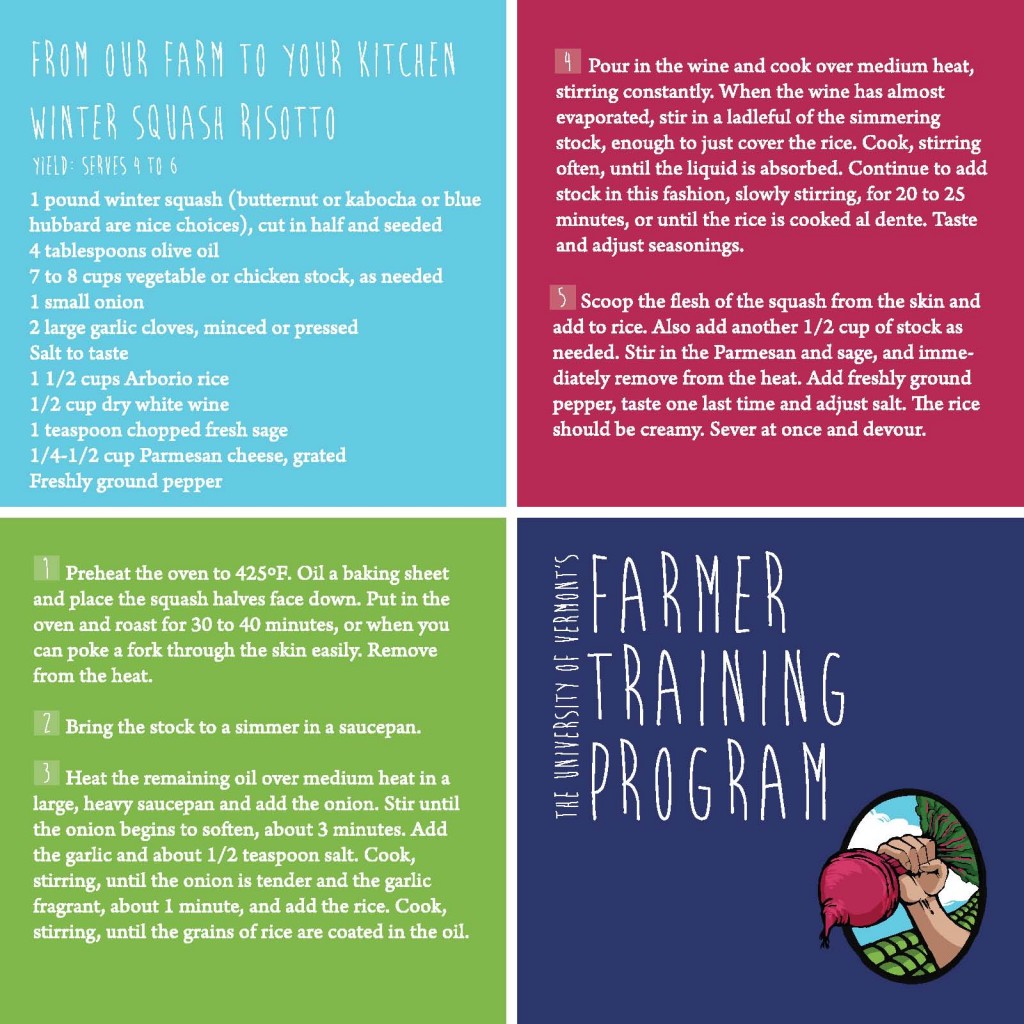Prairies…who knew they could be so much more than beautiful rolling hills and food for grazing livestock. Beyond what meets the eye, prairies are truly incredible, complex ecosystems that support a vast web of structures and functions for supporting healthy, strong environments. With a focus on Management Intensive Grazing, Juan Pablo Alvez highlights his research about rural farmers from both the famously biodiverse Atlantic Forest in Santa Catarina, Brazil and the Green Mountain State of Vermont, USA.
The world of Management Intensive Grazing is a versatile one. In a nutshell, it is a form of pasture management that continues to prove itself as one solution to the many problems caused by deforestation, overgrazing, erosion, and confined animal operations being experienced by rural environments all over the world.
Juan is a Gund Graduate Fellow and PhD Candidate in Natural Resources at the RSENR, UVM. He is an agronomist with emphasis in sustainable agriculture and comes from a beef and sheep family farm in Rivera, northern Uruguay. Among the many projects Juan is involved in at the Gund Institute, this video focuses on the thesis topic for his dissertation.
A Production of the Gund Institute for Ecological Economics, an affiliate of the Rubenstein School for Environment & Natural Resources at the University of Vermont
The Gund Institute is a transdisciplinary research, teaching, and service organization focused on developing integrative solutions to society’s most pressing problems. We conduct integrative research and service-learning projects on a broad range of topics, offer hands-on learning through our problem-solving workshops and courses, develop online teaching resources and international collaborations through metacourses, and support professional and graduate education through our Graduate Certificates in Ecological Economics and Ecological Design. Learn more about the Gund community of students, scholars and practioners by exploring our news, publications, and video archives, then contact us to help us build a sustainable, widely shared quality of life.
For more information visit: uvm.edu/giee/















